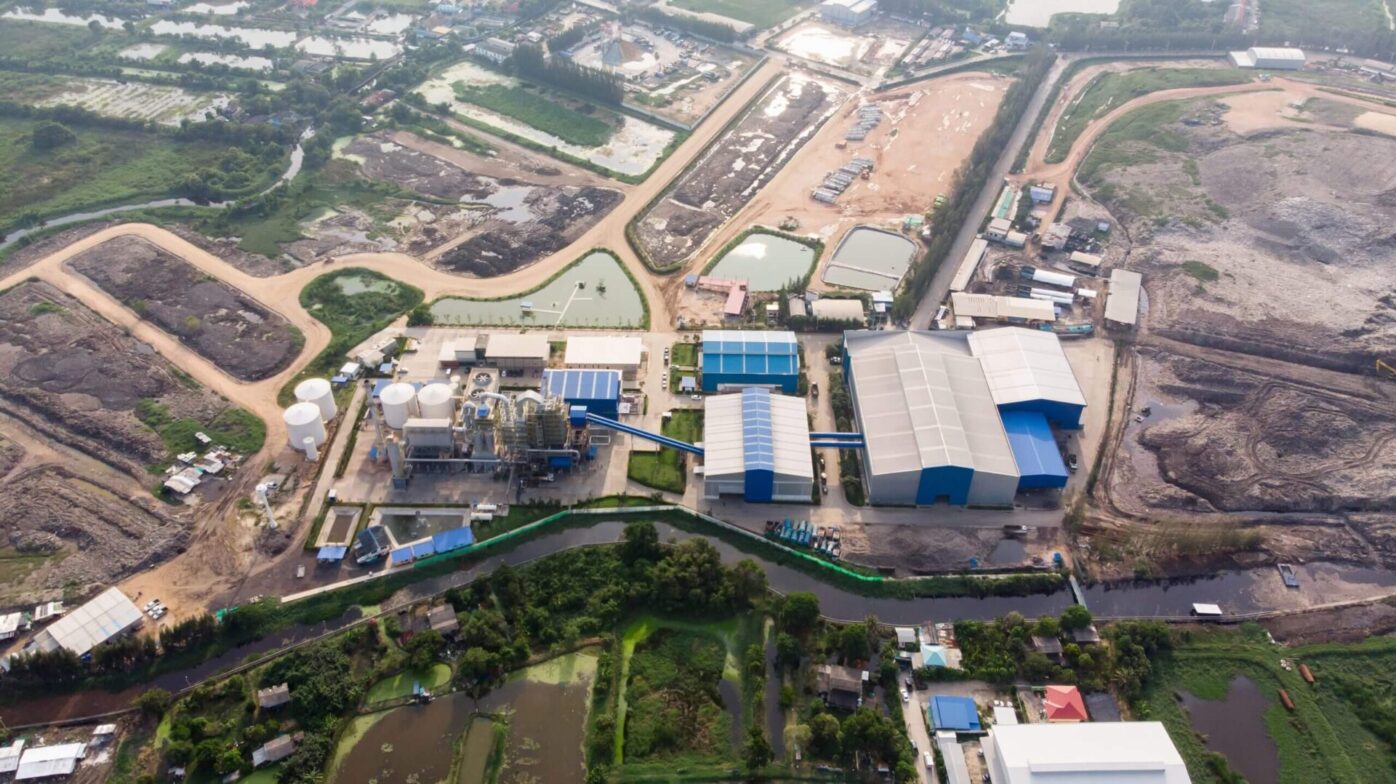A key part of a “smart city” is an intelligent waste management system that uses digital innovations to address ecological and competitiveness challenges. Veolia, a leader in waste management, focuses on the entire waste life cycle—from collection to recovery—by developing solutions to boost recycling and energy conversion. To enhance landfill management, Veolia partnered with Alteia to use vision AI, which improves safety, efficiency, and monitoring. This technology provides a quick and comprehensive overview of sites, saving time and reducing risks for landfill managers.
Published by olivier@jill © Alteia 2025

